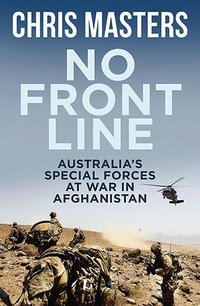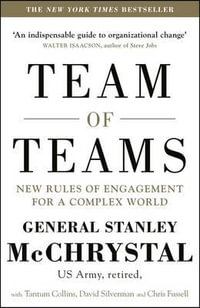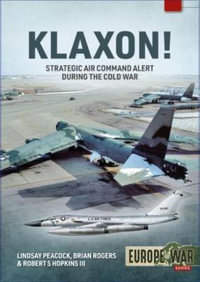Since the 1998 nuclear tests and the publication of India's Nuclear Doctrine, India has continued to face endemic security challenges from both China and Pakistan.
The latter, through the apparent induction of tactical nuclear weapons into the equation and a rapid expansion of its fissile material production capacity has introduced an additional complication into Indian security calculations while China has become increasingly assertive and intransigent in its conduct towards its neighbours, India included.
Nuclear India details the evolution of India's nuclear journey, from the 1960s to the present day, the historical events leading to the 1974 nuclear test, the reluctant nuclearisation that occurred thereafter and the first phases of an operational nuclear deterrent in the late 1980s.
By detailing the weapons and delivery systems developed, this book evaluates India's deterrent posture as it exists at present and its current evolutionary path. The speculated shape, size and composition of India's current deterrent is examined, including a detailed discussion of India's Ballistic missile programs, its air launched and ground based cruise missiles and its growing SSBN/SLBM capability.
In addition, Nuclear India includes details of ballistic missile defenses as well as the practicality of enhanced preparedness against decapitating or paralysing EMP strikes and unconventional nuclear threats.
Nuclear India examines India's nuclear doctrine and assess its credibility as India moves inexorably towards a nuclear triad. This book details the evolution of India's nuclear journey, from the 1960s to the present day, the historical events leading to the 1974 nuclear test, the reluctant nuclearisation that occurred thereafter and the first phases of an operational nuclear deterrent in the late 1980s.
8 colour and 70 b/w photographs, 4 maps, 15 colour profiles
About the Author
Sanjay Badri-Maharaj from Trinidad, received his MA and PhD from the Department of War Studies, Kings College London. His thesis was on India's Nuclear Weapons Program. He has written and published extensively, including two books - The Armageddon Factor: Nuclear Weapons in the India-Pakistan Context (2000) and Indian Nuclear Strategy: Confronting the Potential Nuclear Threat from both Pakistan and China (2018).
He has served as a consultant to the Ministry of National Security in Trinidad and was a visiting International Fellow at the Institute for Defence Studies and Analyses, New Delhi. This is his first instalment for Helion.
Industry Reviews
"Dr. Sanjay has unforgiving accuracy and incisive insights into the secret genesis of India's nuclear warfare arm, told through the keen eyes of a practicing lawyer and participant. He has the inside track into deciphering India's nuclear status."-- "IPMS/USA"
"Considerable descriptions and tabular data examine the various nuclear devices..."-- "Historical Miniatures Gaming Society"
"...a very readable book that provides not only a look at systems but also the strategic and tactical thinking that goes into the nation's various developments. It takes a fairly complex subject and makes it understandable."-- "ModelingMadness.Com"
"...an interesting book about India's nuclear programs."-- "AMPS Indianapolis"
























